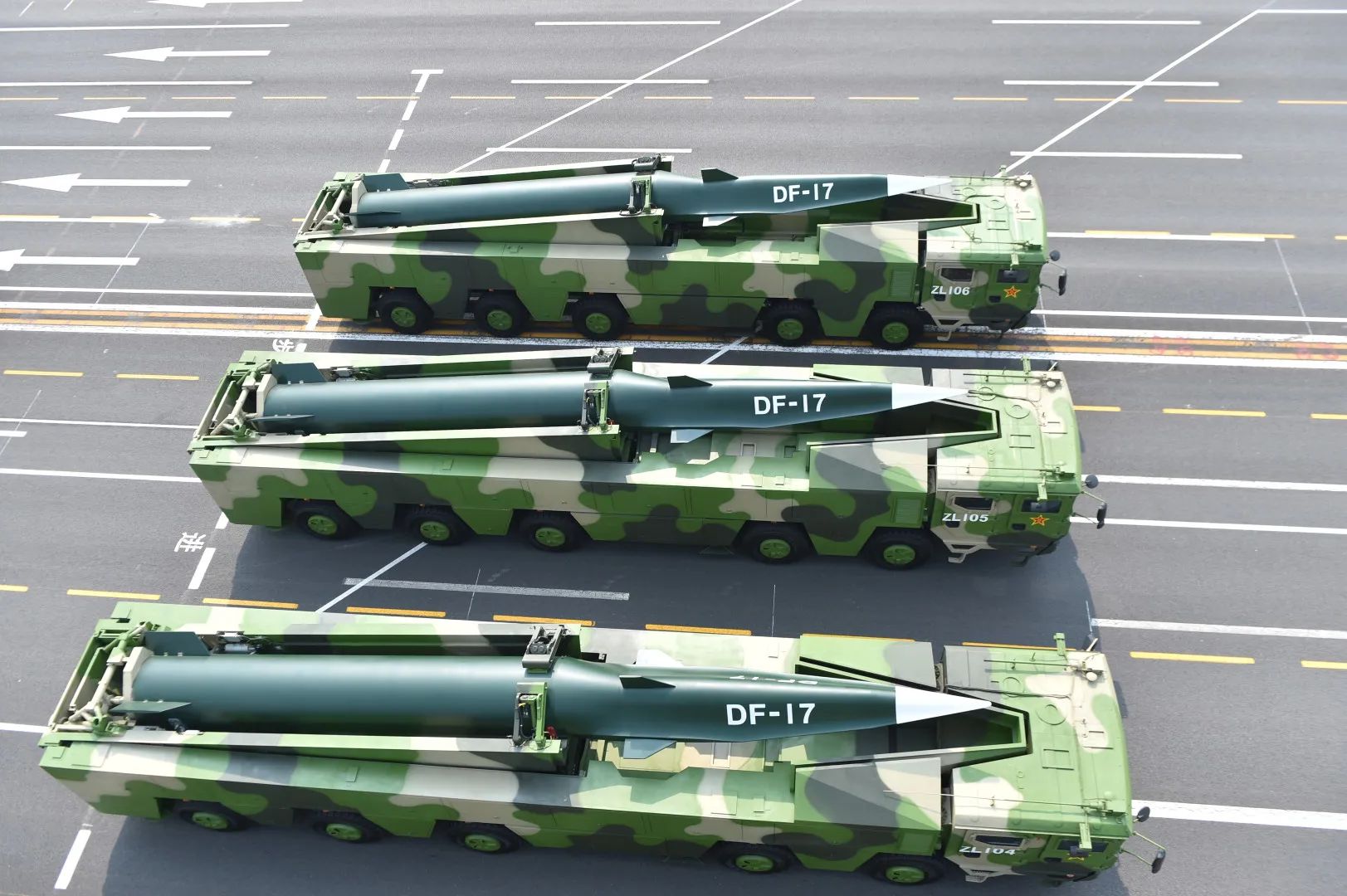beijingwalker
ELITE MEMBER

- Joined
- Nov 4, 2011
- Messages
- 65,195
- Reaction score
- -55
- Country
- Location
China Claims ‘Big Breakthrough’ In Hypersonic Flight Communication; Says Can Maintain Consistent Contact With Mach 5+ Vehicles
BySakshi Tiwari
September 2, 2022
China has made startling claims about testing ‘reliable communications’ during multiple hypersonic flight tests, more than a year after it propelled its first hypersonic missile that went around the world in July 2021.
China tested a nuclear-capable hypersonic glide vehicle that went around the globe before it sped towards a target in July last year, a test that shocked the western world. At the time, the US Joint Chiefs of Staff Chairman Gen. Mark A. Milley described the test as “very close to a Sputnik moment” for American military planners.
Going over and beyond its initial hypersonic capability that unnerved the West, Beijing-based researchers have now claimed that they were able to establish “highly reliable” ground communications during test flights for hypersonic weapons, South China Morning Post reported.
According to scientists from the Science and Technology in Space Physics Laboratory, the system might enable ground control to maintain consistent communication with a hypersonic vehicle as it flies at a high altitude at speeds up to 20 times the speed of sound.
In a report on their findings published in the Chinese peer-reviewed journal Missiles and Space Vehicles on August 10, the team’s leader, Li Bin, referred to it as a “big breakthrough.”
The breakthrough means that the Chinese scientists could prevent the communication blackout that occurs when artificial objects—like ballistic missiles and re-entry capsules—achieve hypersonic speed in the atmosphere.
Previous research by a different team of Chinese researchers had claimed that a hypersonic weapon could connect with and pinpoint targets using 6G technology, avoiding some of the blackout problems that arise at five times the speed of sound or faster, as previously reported by EurAsian Times.
Ground Controls On Hypersonic Missile Possible?
According to tests performed by Bin’s team, a high-frequency communication network made up of on-ground stations, orbiting satellites, and seagoing vessels may be used to overcome the communication blackout with a hypersonic missile.Image for Representation
The network would allow real-time streaming of data collected by sensors on a hypersonic platform.
According to the researchers, the network’s global reach means that the military might use it to gather intelligence or launch precise attacks on targets anywhere in the world. Additionally, it would enable commanders to end an operation at any time by pressing the “kill button.”
It is pertinent to note that hypersonic missiles that travel at five times the speed of sound are almost impossible to intercept due to their unpredictable trajectory as opposed to ballistic missiles.
The US has felt the heat from Chinese and Russian hypersonic capabilities and is working on a hypersonic missile defense system.

China’s DF-17 Hypersonic Missile (via Twitter)
Leading space official, Lieutenant General Chance Saltzman of the Space Force, said last year that a fractional orbit launched system could stay in orbit for a more extended period, meaning that the Chinese hypersonic weapon might linger in space longer, endanger US assets in the event of a confrontation.
Now, with the communication established by China, the hypersonic missile may become a bigger worry for the US. “After multiple test flights, highly reliable measurement and control communication capabilities – suitable for high-speed flight conditions in near space – have been established.
“For a problem such as a missile flight failure, the ground command center needs to send safety control instructions to the vehicle in real-time to ensure that it crashes in a predetermined area or self-destructs,” the team said in the paper.
It is imperative to examine how the Chinese researchers managed to do this, if at all.
Overcoming The Black Barrier
The plasma sheath, a thin coating of extremely hot, electrically charged particles that emerge on the vessel’s surface at hypersonic speed, causes the communication blackout. Since ground-based radar cannot identify and lock on to a hypersonic target, the problem is called the “black barrier.”According to the report, turbulence makes it challenging to monitor and forecast the behavior of these particles, which reflect, absorb, and distort radio waves.
Flight control for Chinese hypersonic weapons is primarily carried out in the military’s high-frequency Ka-band. Its signals have a stronger beam that can penetrate the plasma barrier. Bin’s team also discovered that a pointed tip at the front of the weapon could thin the plasma sheath and enhance communication.
They created a “perspiration cooling tip” capable of withstanding high-speed flight. A liquid or gas containing electrophilic substances was used as the sweating agent. According to the paper, this spray reduces the temperature and electron density of the plasma sheath.
To increase the power and stability of transmissions, the scientists lowered the number of metallic components in the weapon’s insulation and positioned the primary antenna towards its back.
They also investigated gallium nitride (GaN) semiconductor technology for hypersonic communication. They discovered that employing GaN in the Ka-band power amplifier could help to resolve the tension between transmission power and power consumption.
With base stations in Africa, South America, and northern Europe, China has built one of the largest communication networks in the world. Relay satellites and signal tracking ships expand coverage to isolated regions like the Arctic and Pacific oceans.
According to the article, a substantial number of test flights revealed the network meant hypersonic weapon communication could be established in 0.8 seconds. The researchers said that while the hypersonic flight generated noise and there was a chance of jamming, they had used robust algorithms to ensure that the correct data was transmitted.

China Claims 'Big Breakthrough' In Hypersonic Flight Communication; Says Can Maintain Consistent Contact With Mach 5+ Vehicles
China has made startling claims about testing ‘reliable communications’ during multiple hypersonic flight tests, over a year after it propelled its first hypersonic missile that went around the world in July 2021.
 eurasiantimes.com
eurasiantimes.com
